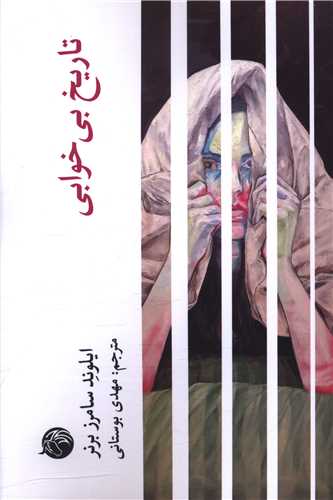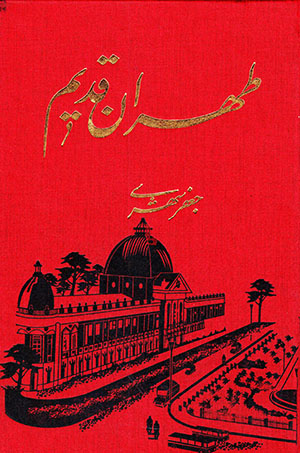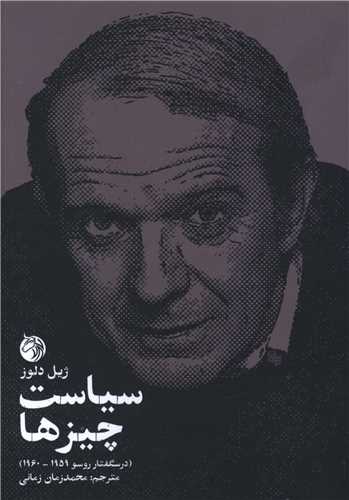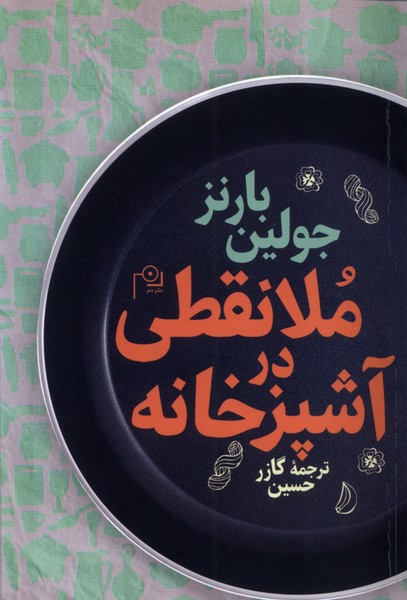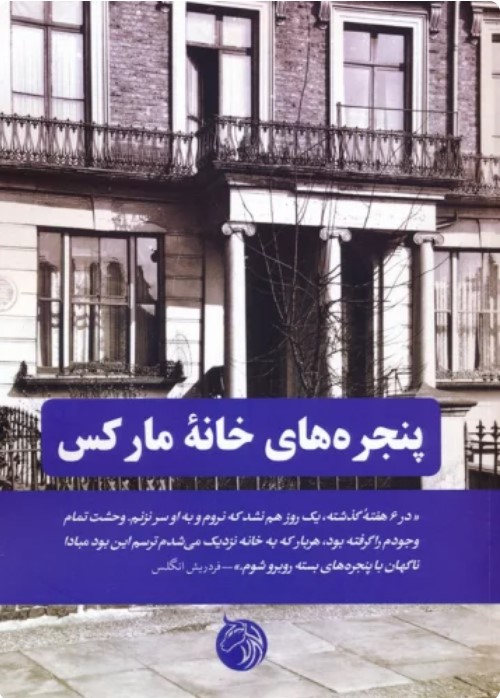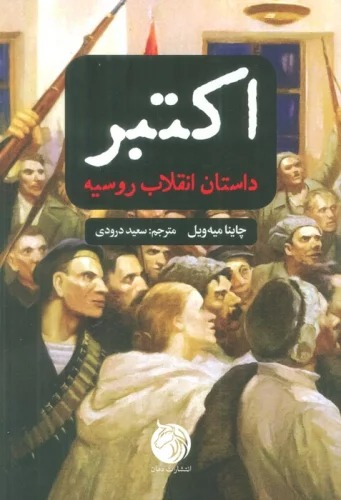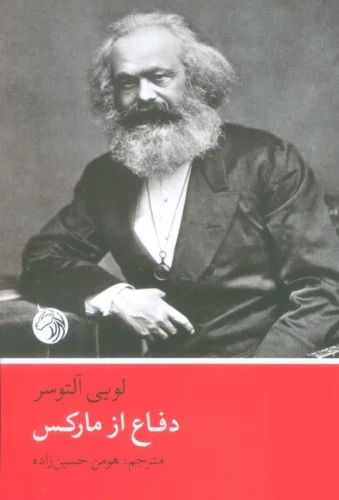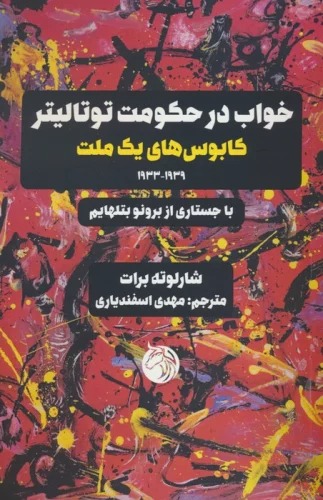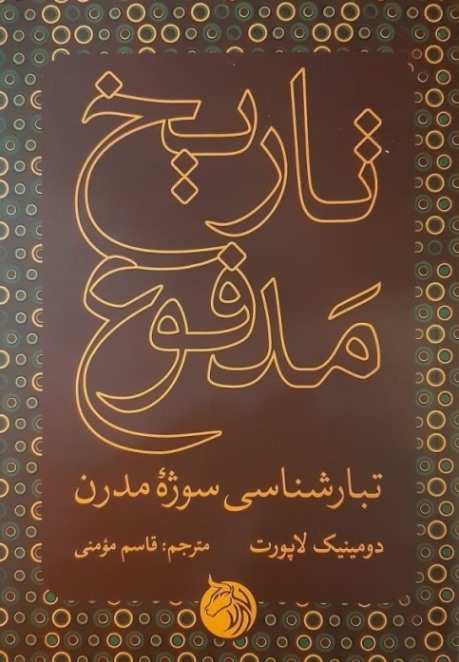Tārīkh-i Bī'khvābī: Persian 1402
تاریخ بیخوابی
20.40 $
Share
Wishlist
Original Title:
Insomnia: A Cultural History
ISBN:
9786229316948
Translator:
Mahdī Būstānī
Publisher:
Daman
Age Group:
Adult
Pages:
200
Weight:
240 g
Dimensions:
14 x 21 x 1.8 cm
Book Cover:
Paperback
In today’s media-saturated and hyperconnected society, increasing numbers of people are finding it hard to switch off their overstimulated brains and escape the demands of daily life. We are becoming, it seems, a world of insomniacs. But this condition of perpetual unrest has plagued people for centuries. The roots and effects of insomnia are complex, Eluned Summers-Bremner reveals in this fascinating study, and humans have employed everything from art to science to understand, explain, and mitigate this problem. The author begins her exploration of sleeplessness with the literature of ancient times, finding its sufferers in such prominent texts as the Iliad, the Mesopotamian epic Gilgamesh, and the Bible. Insomnia continued to figure large in Romantic and Gothic literature, as the advent of street lighting in the nineteenth century inspired the fantastical blurring of daytime reality and night specters, and authors connected insomnia to the ephemeral worlds of nightmares and the sublime. Meanwhile, throughout the ages, insomnia has been variously categorized by the medical community as a symptom of deeper in medieval and early modern times, for example, physicians and philosophers saw insomnia as a sign of lovesickness, melancholy, or even demonic possession. As modern medicine and science evolved, insomnia emerged as a distinct symptom of such ailments as post-traumatic stress disorder after war. Today’s medical solutions tend to involve prescription drugs, and Insomnia ultimately raises important questions about the role of the pharmaceutical industry and the effectiveness of such treatments. Bedside reading of the most useful sort, Insomnia won’t put you to sleep, but it will help you understand your problem and its surprisingly rich cultural legacy.
more
در جامعه اشباع شده از رسانه ها و بیش از حد به هم پیوسته امروزی، تعداد فزاینده ای از مردم به سختی می توانند مغزهای بیش از حد تحریک شده خود را خاموش کنند و از خواسته های زندگی روزمره فرار کنند. به نظر می رسد ما داریم به دنیای بی خوابی ها تبدیل می شویم. اما این وضعیت ناآرامی های همیشگی قرن ها مردم را آزار می دهد. الوند سامرز-برمنر در این مطالعه جذاب نشان می دهد که ریشه ها و اثرات بی خوابی پیچیده است و انسان ها از هنر گرفته تا علم برای درک، توضیح و کاهش این مشکل از همه چیز استفاده کرده اند. نویسنده کاوش خود را در مورد بی خوابی با ادبیات دوران باستان آغاز می کند و مبتلایان آن را در متون برجسته ای مانند ایلیاد، حماسه بین النهرینی گیلگمش و کتاب مقدس می یابد. بیخوابی همچنان در ادبیات رمانتیک و گوتیک ظاهر میشد، زیرا ظهور نورپردازی خیابانها در قرن نوزدهم الهامبخش تار شدن خارقالعاده واقعیت روز و شبح شب بود و نویسندگان بیخوابی را به جهانهای زودگذر کابوسها و چیزهای متعالی مرتبط کردند. در همین حال، در طول اعصار، بی خوابی توسط جامعه پزشکی به طور متفاوتی به عنوان یک نشانه عمیق تر در قرون وسطی و اوایل دوران مدرن طبقه بندی شده است، به عنوان مثال، پزشکان و فیلسوفان بی خوابی را نشانه ای از عشق، مالیخولیا یا حتی تسخیر شیطان می دانستند. با تکامل پزشکی و علم مدرن، بی خوابی به عنوان یک علامت مشخص از بیماری هایی مانند اختلال استرس پس از سانحه پس از جنگ ظاهر شد. راهحلهای پزشکی امروزی شامل داروهای تجویزی میشوند و بیخوابی در نهایت سؤالات مهمی را در مورد نقش صنعت داروسازی و اثربخشی چنین درمانهایی ایجاد میکند. خواندن در کنار تخت مفیدترین نوع، بی خوابی شما را به خواب نمی برد، اما به شما کمک می کند مشکل خود و میراث فرهنگی غنی آن را درک کنید.
more

